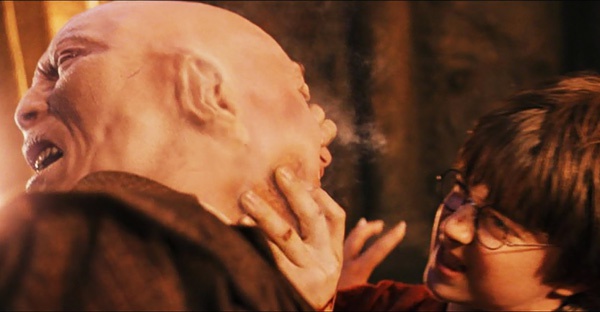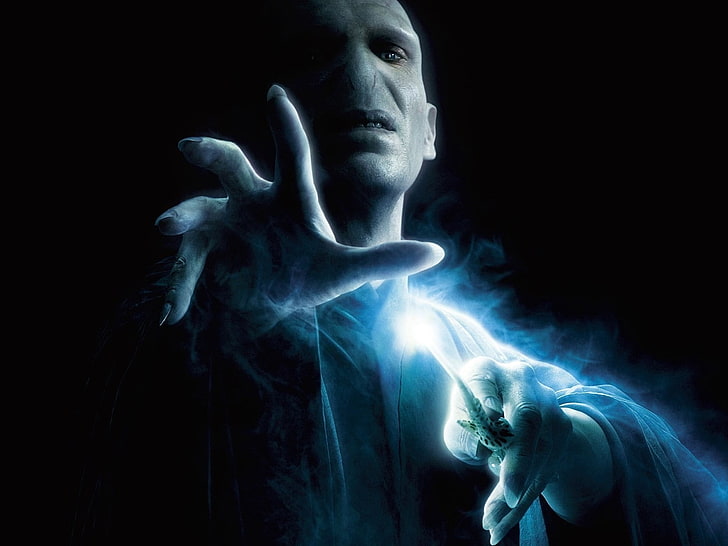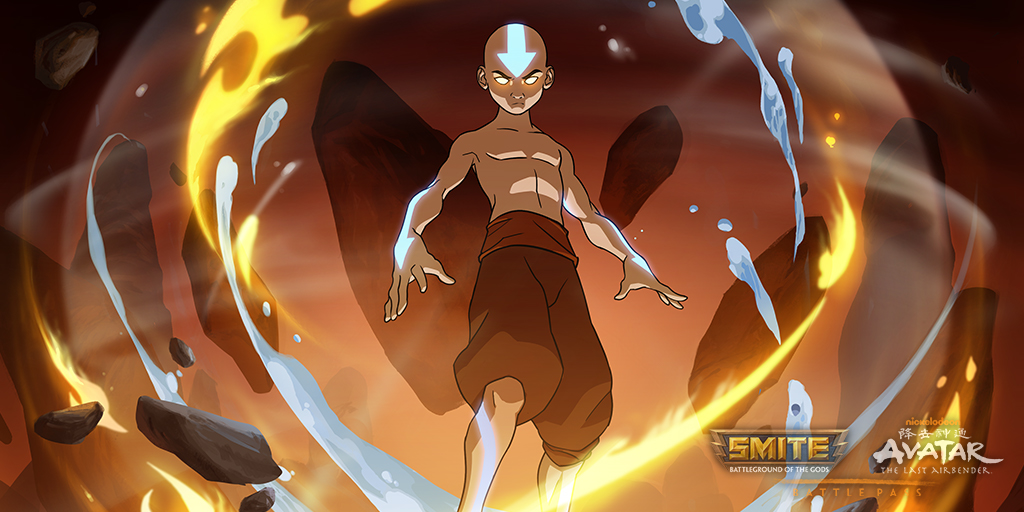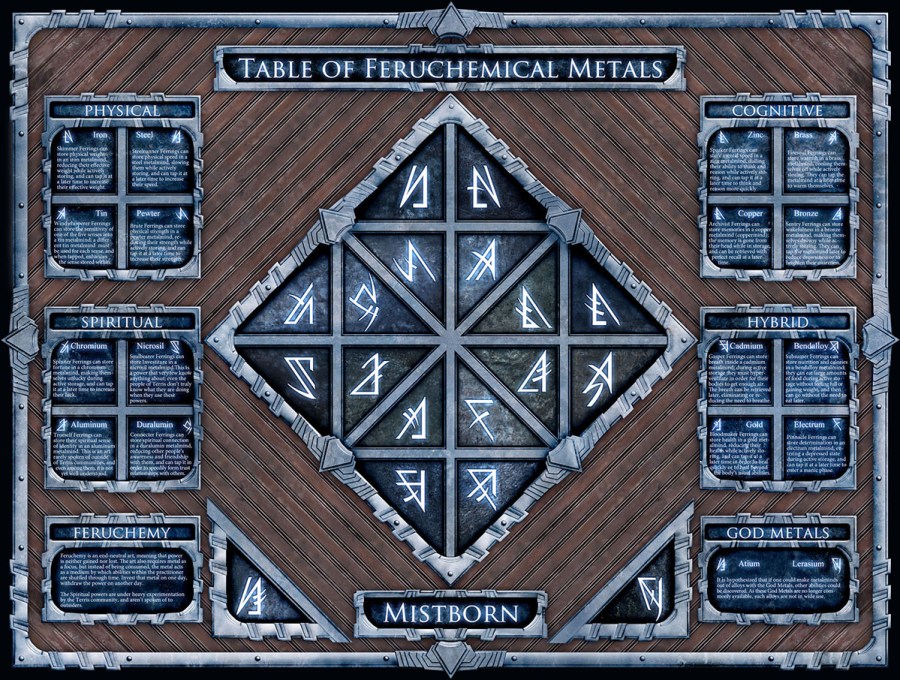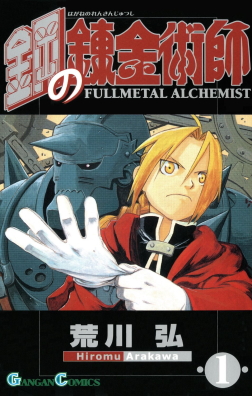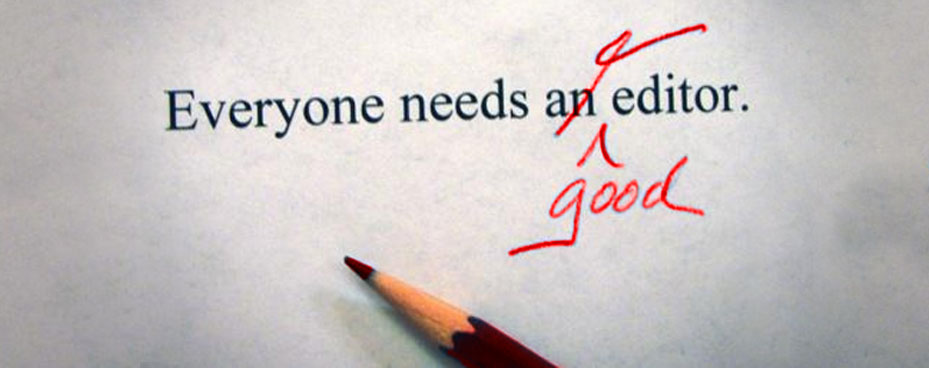The dementors and the patronus charm are examples of firm and soft elements working in combination to create the hybrid magic system of J.K. Rowling’s ‘Harry Potter‘ series.
Dementors & The Patronus Charm
Rowling’s use of magic throughout the first half of the Harry Potter series creates a pattern: firm magic creates conflict and soft magic resolves it. An example of Rowling’s firm and soft magic working in combination to create and solve problems are the dementors and the patronus charm in ‘Prisoner of Azkaban’.

The Firm Magic of Dementors
Dementors are firm rather than hard magic because their effects are emotion-based, consistent, and predictable – cold, lack of happiness, despair, risk of the ‘kiss’. Rowling keeps the consequences of a dementor attack and their attraction to enjoyment steady throughout the series and applies them equally to all characters. At the beginning of ‘Order of the Phoenix’ dementor attacks are effective against both wizards like Harry and Muggles like his cousin Dudley. In ‘Deathly Hallows’, Umbridge uses dementors to intimidate Muggle-borns but shields herself from the effects by casting her cat patronus.
Rowling raises the stakes and creates more narrative tension by making Harry more vulnerable than anyone else to the dementors. Harry is the only person on the Hogwarts Express to lose consciousness when dementors search the train for Sirius Black. Harry’s unique sensitivity to dementors gives Rowling more room for develop his character arc in ‘Azkaban’, and she justifies it using a neat and clever bit of narrative logic. in As Professor Lupin explains in the film version of ‘Azkaban’, Harry is more vulnerable to dementor attacks because there are ‘real horrors in his past’. Unlike the other students, Harry experiences debilitating flashbacks in the presence of dementors – he hears his mother pleading for his life then screaming moments before Voldemort kills her when he was a baby.
Rowling’s connection between trauma and being susceptible to dementor attacks is a clever way to use the magic system to place Harry’s character arc front and center (more on this in a separate post).
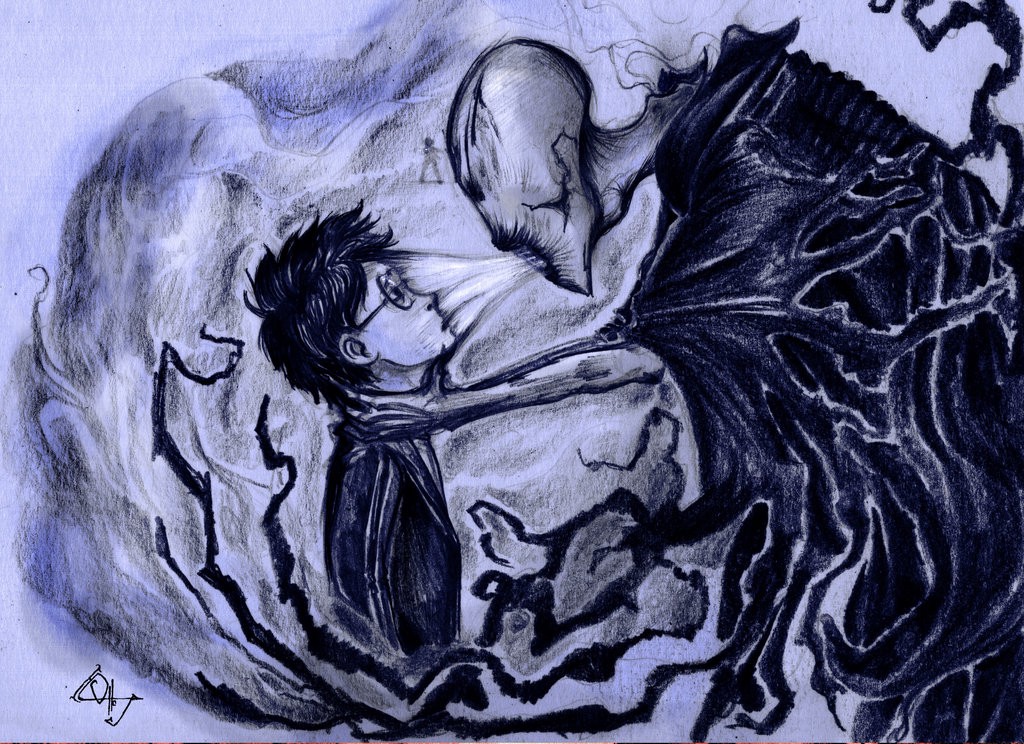
The Soft Magic of the Patronus
Rowling’s counterbalance to the depression and despair of the dementors is the patronus charm – a spell that creates silvery light that repels dementors. The patronus charm is softer magic than the dementors because although it is also emotion-based magic, the results of the charm are not as consistent or reliable like the dementors. As Harry struggles to learn it, his patronus develops in shape – first a whisp, then a shield version, and finally the corporeal form of a stag.
More Than a Plot Device
This visual yet emotionally-anchored example of Harry’s slowly growing confidence and magical skill gives deep meaning to the patronus as part of Harry’s character arc. The beautiful visual design and powerful meaning, steeped in Harry’s backstory, elevate the patronus beyond a mere plot device and into an iconic element of Rowling’s character-driven magic system.
Rowling achieves the deep meaning of patronus in terms of character development by linking it’s strength and form to the magic user’s willpower and emotional state. Although this works brilliantly in terms of Harry’s character arc, it creates problems in the magic system. If he manages to pronounce the entire incantation without passing out, sometimes Harry’s thoughts are happy enough to create a patronus and sometimes they aren’t. This allows Rowling to effectively control Harry’s patronus and time its strength to conform with her story beats.
In ‘Azkaban’ Harry doesn’t produce a corporeal stag patronus until the climax. Rowling saves this achievement to underscore the climax of Harry’s character arc when he singlehandedly protects himself, Sirius, and Hermione from a hoard of dementors after both Sirius and Hermione have been overcome. It’s perfect heroic timing in terms of plot and Harry’s character arc, but there is a whiff of plot convenience.
In keeping with the firmer magic of the dementors, Rowling applies the dementors’ attraction to happiness and the varying results of the patronus to her villains. Powered by her self-righteous delight, Umbridge’s cat patronus glows brightly to protect her from the dementors she uses to intimidate Muggle-borns in ‘Deathly Hallows’.

Hermione Shortchanged
By linking the patronus to the magic user’s emotional state, Rowling externalizes Harry’s character arc with a strong visual element that is narratively effective. But the softness of patronus magic also allows Rowling to shortchange Hermione.
If Rowing treated the patronus as firmer magic, consistently corresponding with the magic user’s willpower, positive thinking, and an incantation (there is no specific wand movement), then it would be Hermione – not Harry – who would have the strongest, most reliable patronus in the series. Throughout the series Rowling consistently demonstrates that Hermione is the best in her year at spellwork, and doesn’t lack willpower, determination, or focus in stressful circumstances.
But Rowling artificially handicaps Hermione in order to preserve the patronus as Harry’s signature hero move. Hermione doesn’t have any trouble with the patronus charm once she learns it from Harry in ‘Order of the Phoenix’, but Rowling saddles her with a weak patronus during the ministry break-in in ‘Deathly Hallows’. Harry even mentions that ‘…it’s the only spell she [Hermione] ever has trouble with’.
The film adaptations sidestep this problem and allow Harry to occupy the patronus spotlight by simply not showing Hermione attempting to cast a patronus at any point in the series except during DA classes in ‘Order of the Phoenix.’
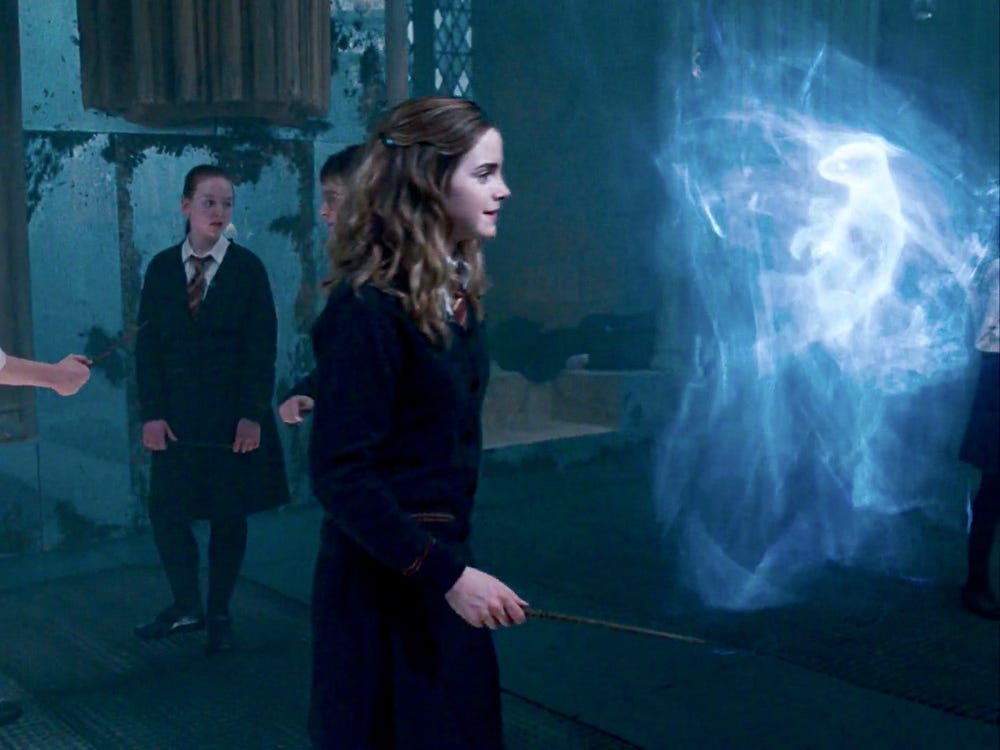
The Firm Magic of the Locket
In keeping with her pattern of using firm magic to create obstacles, Rowling applies the anxiety-ridden effects of the Horcrux locket to Harry, Ron, and Hermione. Similar to the effect of the dementors, this steady application to all characters keeps the Horcrux magic consistent and predictable, making it firmer magic than the patronus.
Rowling makes a smart choice in ‘Deathly Hallows’ by having the Horcrux locket and the isolation of the trio’s aimless wanderings affect Ron more strongly than Harry or Hermione. Ron is ill-tempered and emotionally volatile while wearing the Horcrux locket, and this is consistent and believable with his established character. Unlike Harry who was regularly ignored by the Dursleys and grew up without any friends, and Hermione who is an only-child, Ron was raised in a large, supportive family and already has confidence issues.
Rowling took clever advantage of these pre-existing character traits to justify why the Horcrux locket triggered the most anxiety and self-doubt in Ron. Rowling uses the Horcrux locket and Ron’s logical aversion to it to power his character arc, which concludes with Ron destroying the locket after it taunts him about his insecurities.

The Patronus Hole in the Magic System
Because Rowling is juggling so many complex soft and firm magical elements to drive a very complex plot, logic holes and inconsistencies in her hybrid magic system begin to surface in the later novels. In ‘Deathly Hallows’ the softness of patronus magic creates an outright plot hole – Harry is unable to produce any sort of patronus due to anxiety while he’s wearing the Horcrux locket. While the concept is believable, the magnitude is not. Harry can’t produce any form of patronus – not even a whisp – ostensibly because he’s anxious due to the Horcrux locket, hungry, and faced with a handful of dementors. This doesn’t square with Harry’s impressive stag patronus for the first time when battling a hundred dementors and fighting for his life in ‘Prisoner of Azkaban’.
Hermione’s artificial handicap and Harry not being able to produce any patronus at all due to anxiety are two examples of how Rowling prioritizes the dramatic impact of her story above consistency within her magic system. This tradeoff is less noticeable when applied to soft, emotion-based magic rather than hard, logic-based magic as in ‘Avatar: The Last Airbender‘.

Conclusion: So Effective I Don’t Mind the Glitches
I’ve picked apart Rowling’s use of soft patronus magic and spotted some inconsistencies, but in the end I’m not terribly bothered by foibles in her magic system. The concept of the dementors and the patronus, and Rowling’s effective use of them in ‘Azkaban’ – both in the plot and in Harry’s character arc – are so inventive and meaningful that the snags don’t pull me out of the story or lessen the emotional impact. I argue that Rowling rightly prioritizes character development and telling a satisfying story above creating an airtight magic system without any holes.
Additional Posts in This Series
Part 1 – ‘Avatar: The Last Airbender’ – Hard Magic Systems
Part 2 – ‘Harry Potter’ – Firm Magic Systems
Part 4 – ‘Harry Potter’ – Hybrid Magic Systems
Part 5 – ‘Lord of the Rings’ – Soft Magic Systems
What do you think of the magic in Harry Potter? Tell me in the comments!





